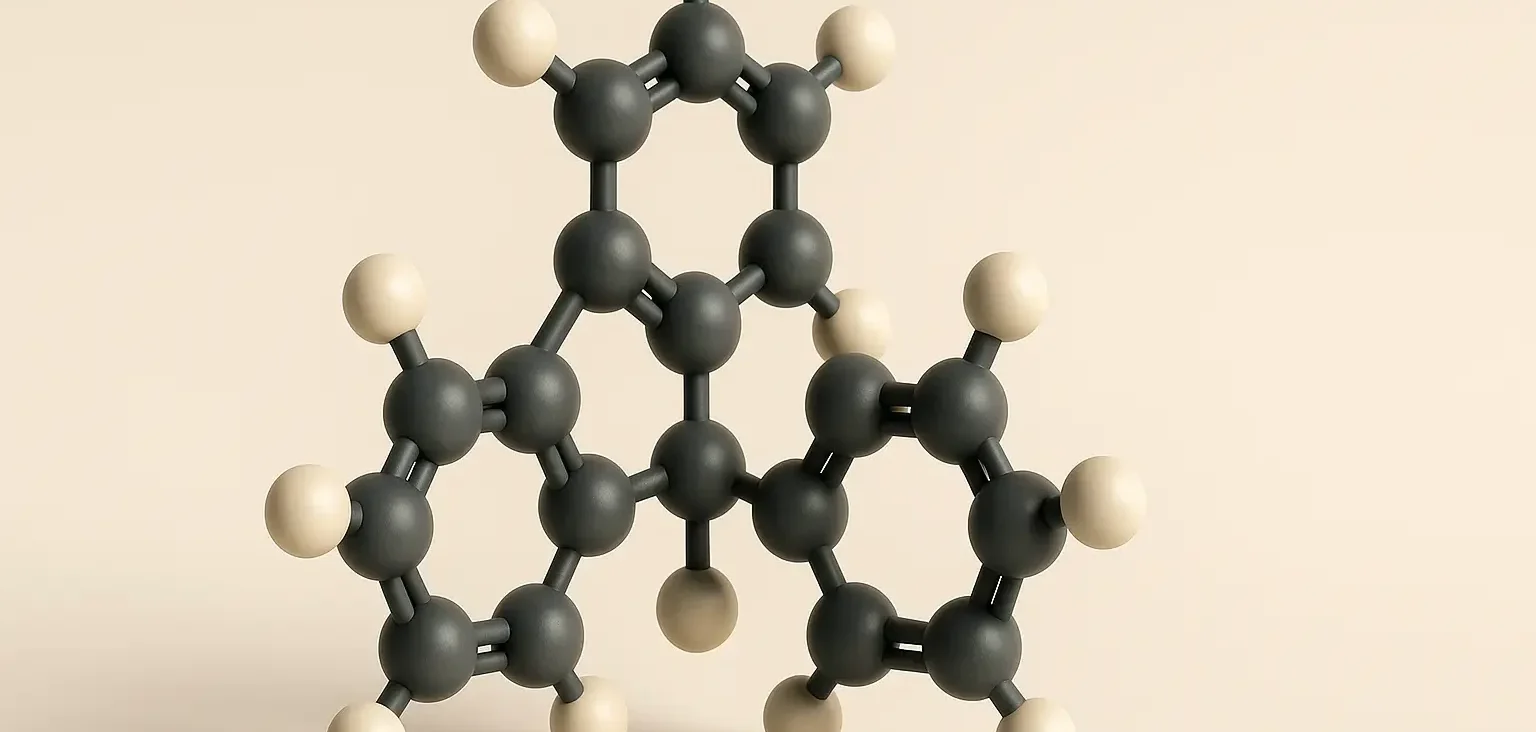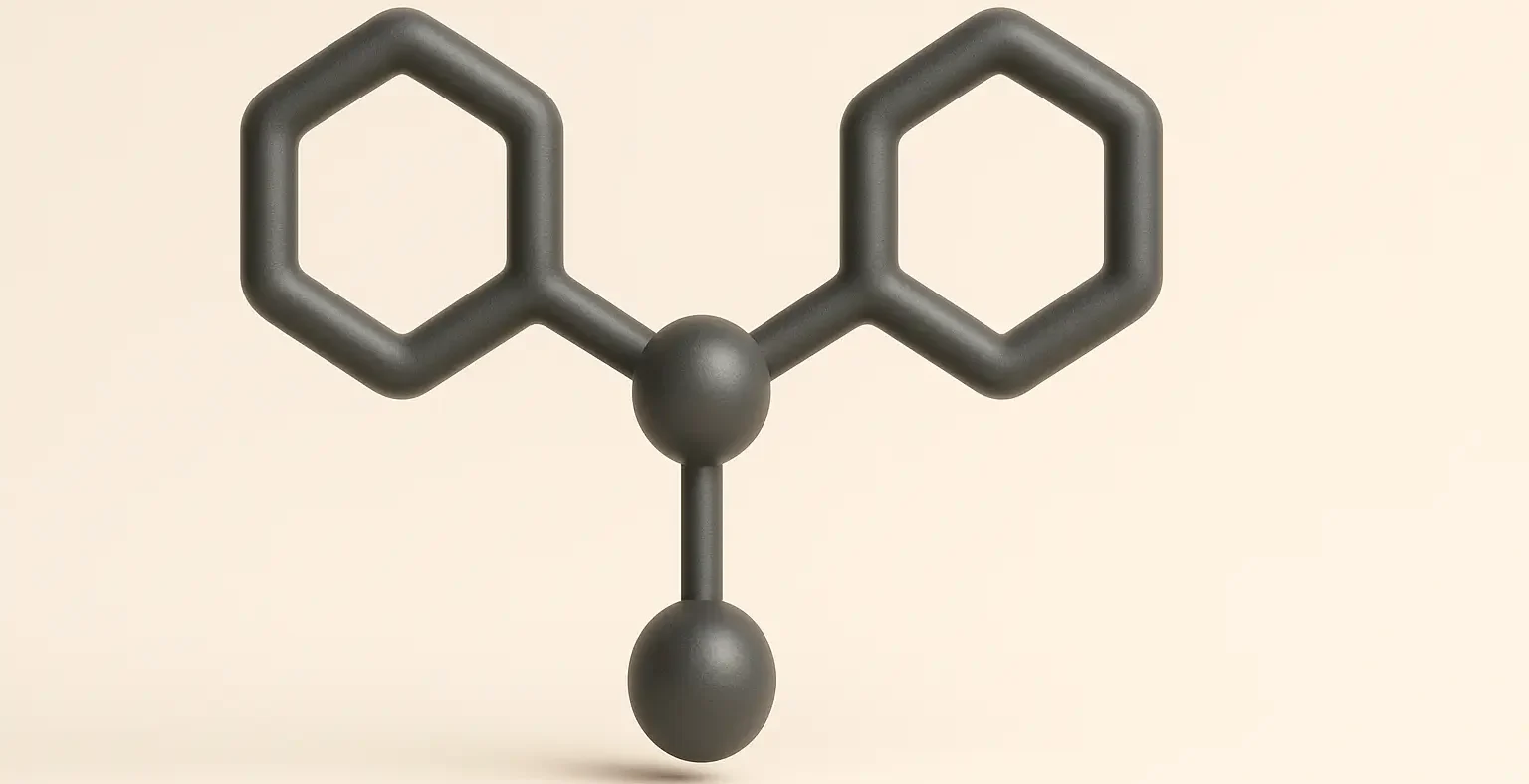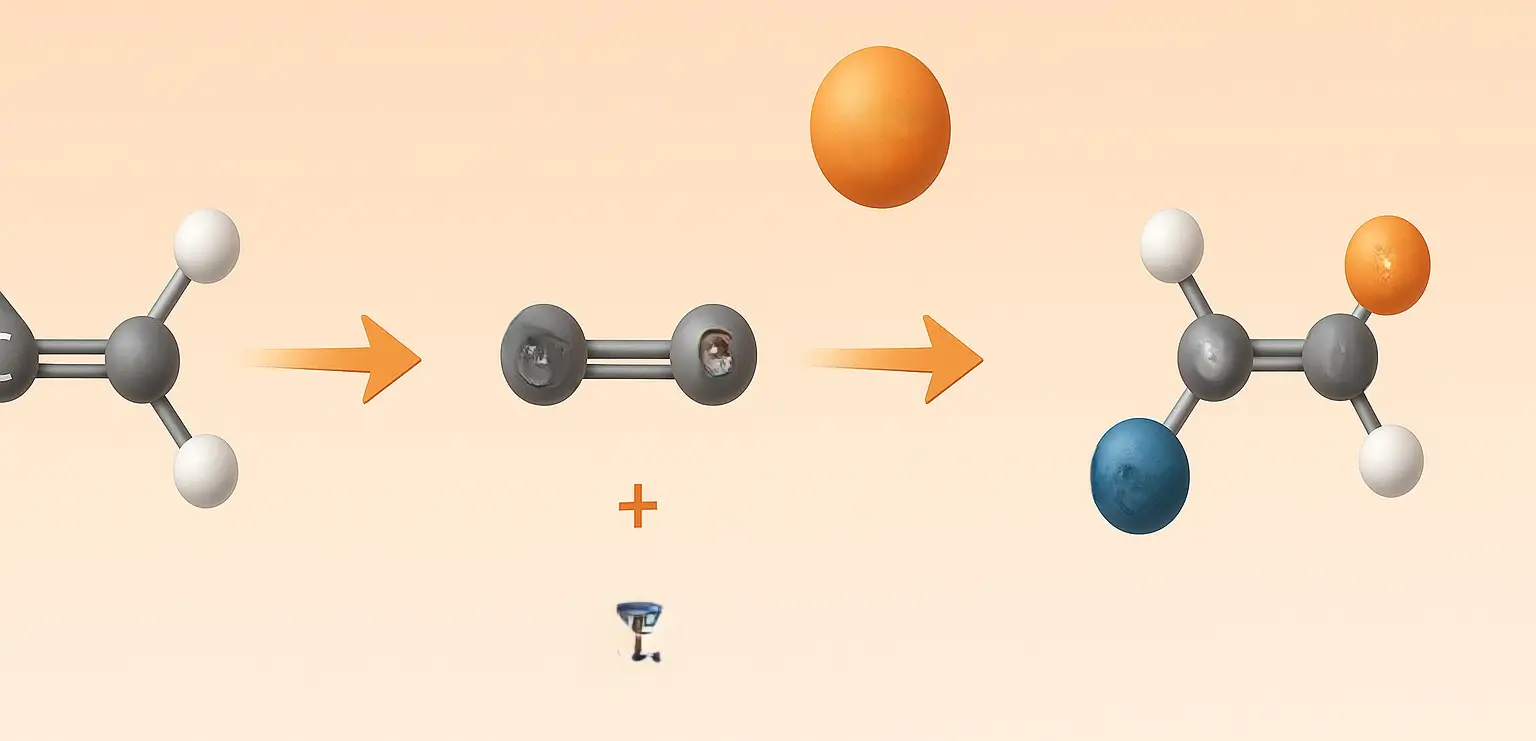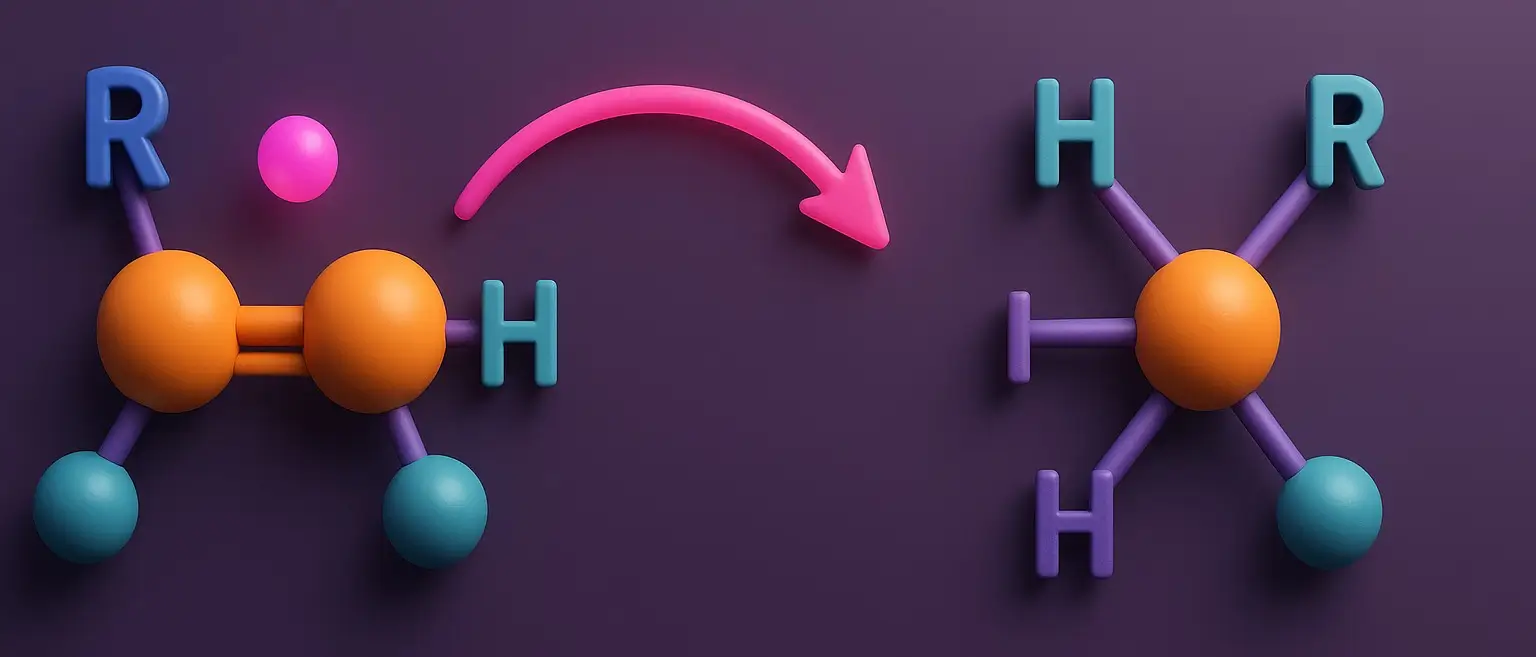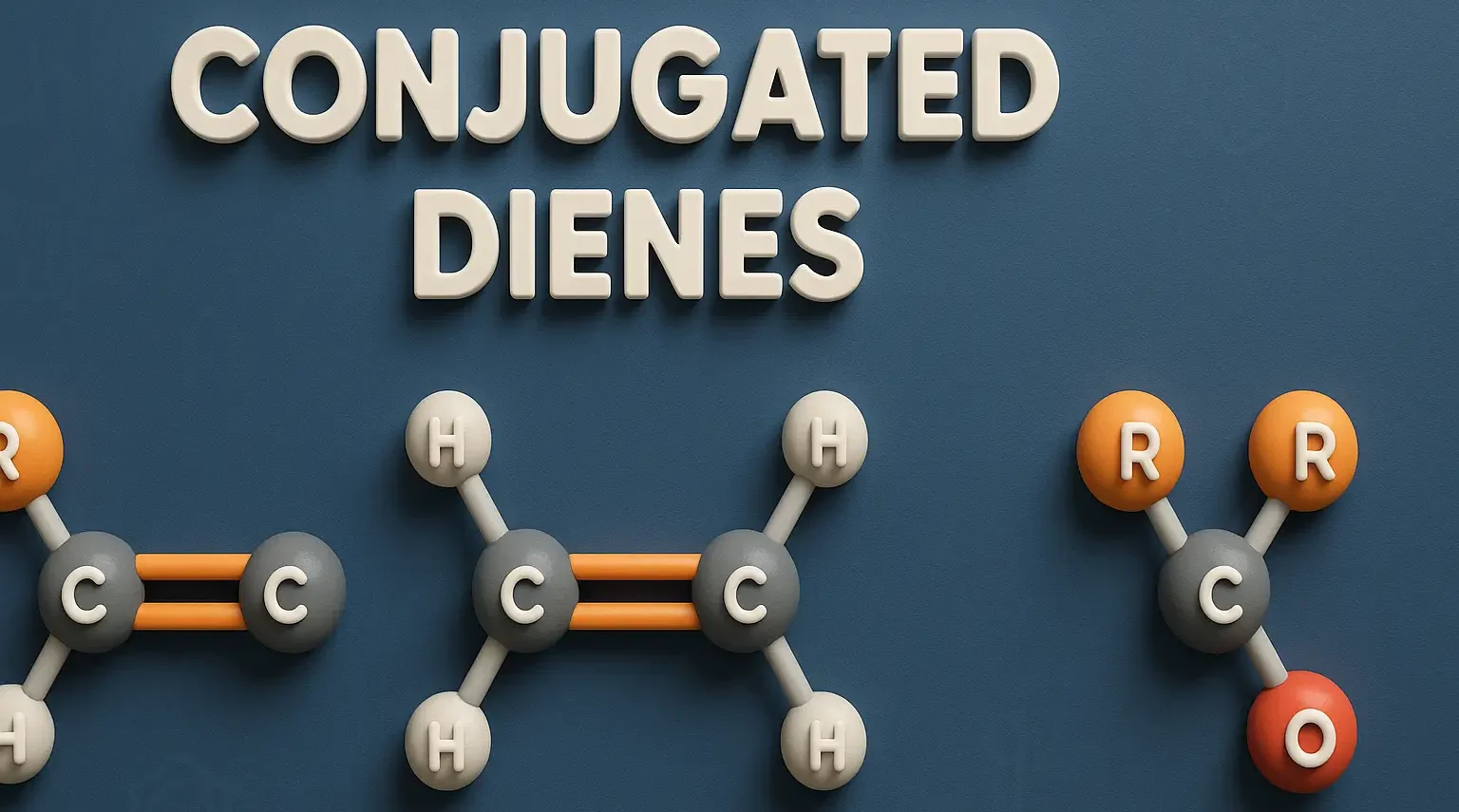Triphenylmethane
Structure of Triphenylmethane: Triphenylmethanes have a central carbon atom bonded to three phenyl groups. Its molecular formula is C19H16. Synthesis of Triphenylmethane: Friedel-Crafts Alkylation: Reaction: Benzene reacts with chloroform in the presence of aluminum chloride to form triphenylmethanes. $\mathrm{3C_6H_6 + CHCl_3 \xrightarrow{AlCl_3} C(C_6H_5)_3 + 3HCl}$ Grignard Reaction: Reaction: Benzophenone reacts with phenylmagnesium bromide to form … Read more

